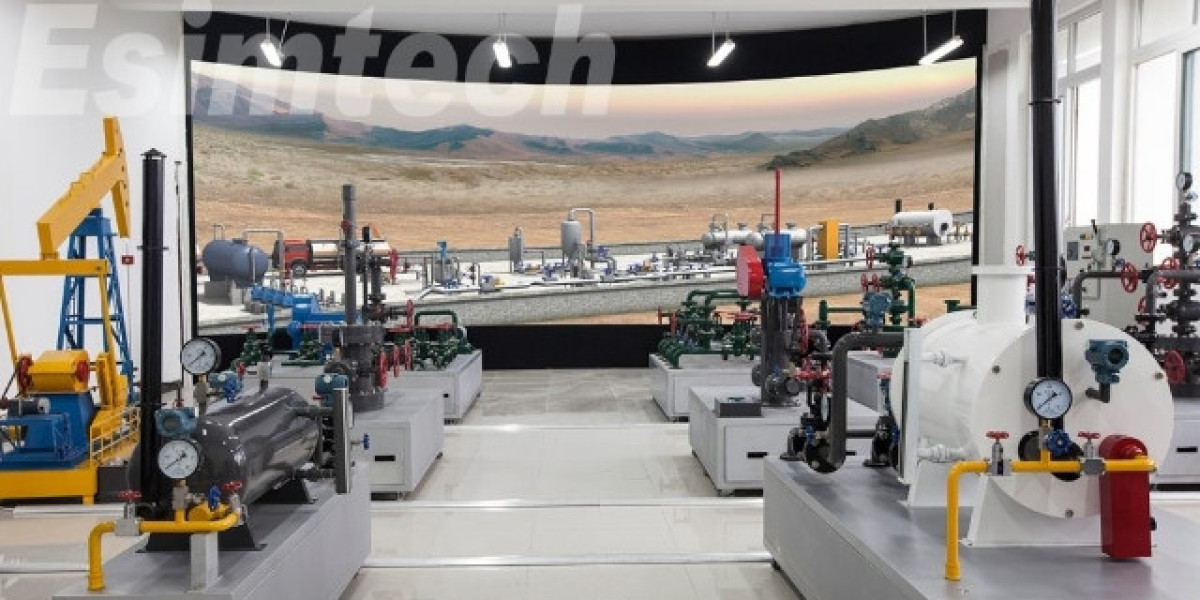Key Benefits of Oil Recovery Simulators
Optimized Field Development Plans: Oil recovery simulators can help optimize field development plans by:
Predicting reservoir performance: Simulators can forecast reservoir behavior under different production scenarios, allowing companies to assess the impact of various development strategies.
Identifying sweet spots: Simulators can identify high-productivity zones within the reservoir, enabling companies to focus their drilling efforts on the most promising areas.
Optimizing well placement: Simulators can help determine the optimal location and orientation of wells to maximize oil recovery and minimize operational costs.
Enhanced Reservoir Management: Oil recovery simulators can improve reservoir management by:
Monitoring reservoir performance: Simulators can track reservoir performance over time, allowing companies to identify any deviations from expected behavior and take corrective action.
Optimizing production rates: Simulators can help determine the optimal production rates to maximize oil recovery while minimizing reservoir pressure decline.
Evaluating different recovery methods: Simulators can assess the effectiveness of different recovery methods, such as waterflooding, gas injection, or steam injection, to select the most suitable approach for a particular reservoir.
Reduced Operational Costs: Oil recovery simulators can help reduce operational costs by:
Minimizing drilling risks: Simulators can help identify potential drilling hazards, such as wellbore instability or formation collapse, allowing companies to take preventive measures and reduce drilling costs.
Optimizing production operations: Simulators can help optimize production operations by identifying bottlenecks and inefficiencies, leading to reduced downtime and increased production.
Improving decision-making: Simulators can provide valuable insights that can help companies make more informed decisions about field development, production operations, and investment strategies.
Types of Oil Recovery Simulators
Reservoir Simulation: These simulators focus on modeling the flow of fluids through porous media and predicting reservoir behavior.
Wellbore Simulation: These simulators model the flow of fluids within the wellbore, considering factors such as pressure gradients, flow regimes, and wellbore geometry.
Surface Facilities Simulation: These simulators model the performance of surface facilities, such as separators, pipelines, and storage tanks.
Integrated Simulation: These simulators combine the capabilities of reservoir, wellbore, and surface facilities simulators to provide a comprehensive understanding of the entire oil production system.
Conclusion
Oil recovery simulators are essential tools for modern oil and gas operations. By leveraging the insights provided by these simulators, companies can improve efficiency, reduce costs, and maximize oil recovery. As technology continues to advance, we can expect to see even more sophisticated and powerful oil recovery simulators in the future.








